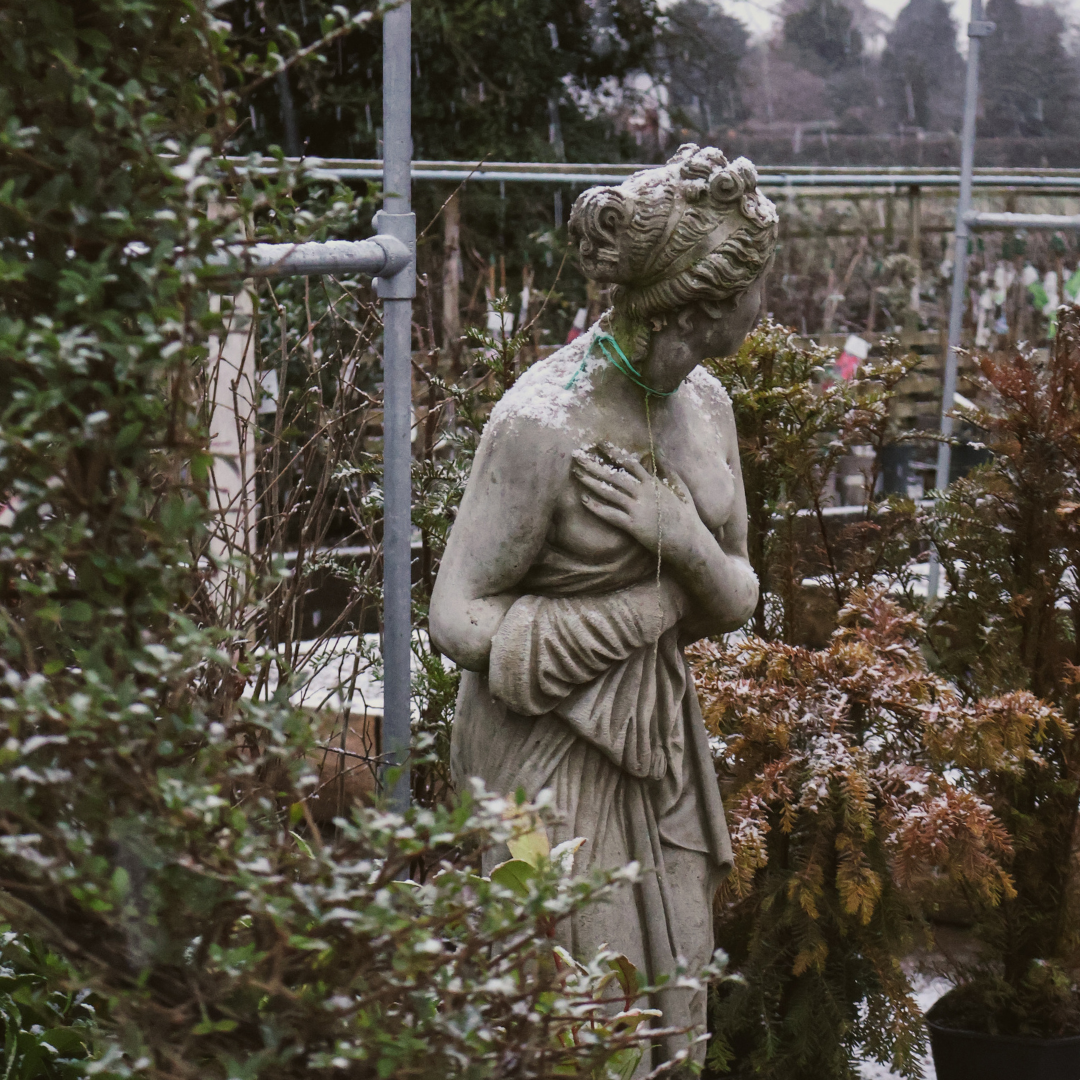Gardening Jobs to Do in January: A Fresh Start for Your Garden

January often marks the coldest month of the year, with short days and chilly temperatures, but that doesn’t mean your garden is entirely dormant. While it's true that the winter months slow down plant growth, there are still plenty of tasks you can do to prepare your garden for the upcoming seasons. Whether you're getting ready for spring or taking care of your plants through the winter, here’s a guide to essential gardening jobs to tackle in January.
1. Protect Plants from Frost
Winter frost can be tough on delicate plants, so it's important to keep them protected. If you haven’t already, now’s the time to cover tender plants with fleece, burlap, or specialized plant cloches. These protective layers help shield them from frostbite and minimize cold damage. Be sure to check that your coverings are securely fastened, and remove them when temperatures rise.
For plants in pots, especially those that are more sensitive to the cold, move them to a sheltered spot or bring them inside to avoid exposure to harsh weather.
2. Prune and Cut Back
Winter is a good time to prune many deciduous trees and shrubs while they are dormant. Removing dead, damaged, or diseased wood helps improve the health of the plant and encourages better growth in the spring. Focus on the following:
Roses: Cut back any dead or diseased stems.
Fruit Trees: Remove any deadwood, crossing branches, or growth that may cause congestion.
Shrubs: Trim back dead or weak stems, but avoid heavy pruning of evergreens, as it could stress them out during the winter months.
Always use clean, sharp pruning tools to make clean cuts and prevent infections.
3. Tidy Up Your Garden
A clean garden is a happy garden! January is the perfect time to clear up garden debris like fallen leaves, dead plant stems, and weeds. Although many leaves and plants break down into mulch, some can harbour pests and diseases, so it’s best to remove them. Use a rake or garden vacuum to tidy up lawns and borders, which will also prevent the build-up of mould and mildew.
4. Plan Your Spring Garden
Now is the time to start thinking ahead to spring! Take some time to plan what you want to grow, where you want to plant it, and how to make the most of your garden space. Consider factors like crop rotation, companion planting, and how you can improve your soil.
Start ordering seeds, potting mixes, and other supplies you might need. If you have a greenhouse or a sunny windowsill, you can also begin sowing seeds for early spring vegetables, such as tomatoes, peppers, and lettuce.
5. Take Care of Your Lawn
Lawn care doesn't end just because it's cold. In January, it's essential to keep off the grass when it’s frosty to avoid damaging the blades. This month is also a good time to aerate your lawn if the soil is compacted. If there’s snow, resist the urge to shovel it off too early as the snow acts as an insulating blanket for the grass beneath. When the snow begins to melt, use a rake to remove any matted patches of grass and improve airflow.
If you live in a warmer region, this could also be the time to give your lawn a little fertilizer boost to prepare it for the growing season.
6. Feed the Birds
Birds are a vital part of a healthy garden ecosystem, especially during the winter months when food is scarce. Put out bird feeders stocked with high-energy food such as sunflower seeds, suet, or peanuts. You can also plant berry-bearing shrubs and trees around your garden to provide natural food sources for wildlife throughout the year.
7. Check Garden Structures
Take a walk around your garden and inspect any structures like fences, trellises, and raised beds. The winter months can be hard on these, especially if there have been heavy winds or snowfalls. Make any necessary repairs to prevent further damage and ensure your garden structures are ready for the new season.
8. Compost and Mulch
Even though it's chilly, the process of composting continues slowly throughout winter. Turn your compost pile or bin to help aerate it, and continue to add kitchen scraps and garden waste to keep the pile active. If you haven’t already, apply a fresh layer of mulch around perennial plants, trees, and shrubs. Mulch acts as insulation, protecting the roots from extreme cold, and also helps retain moisture for when the temperatures warm up.
9. Indoors: Start Seedlings
If you have a greenhouse or grow lights at home, January is a great time to start sowing seeds for spring plants. Some vegetables, herbs, and flowers can be started indoors in pots or seed trays. These early seedlings will be ready to be transplanted into the garden once the weather warms up in the coming months.
Plants like early tomatoes, lettuce, and onions thrive when started indoors, giving you a head start for the growing season.
10. Look After Garden Tools
Winter is the perfect time to clean, sharpen, and maintain your gardening tools. Clean off any dirt or plant residue, sharpen blades, and oil any moving parts to prevent rust and ensure they’re in good working order for the busy spring months. This is also an excellent time to check for any replacements you might need, such as gloves or pruners.
January may seem like a quiet month for gardening, but there are still plenty of tasks to help your garden thrive in the upcoming year. By preparing your plants for the cold, planning for spring, and taking care of essential chores like pruning and tidying up, you can ensure your garden is in excellent shape come warmer weather.
Whether you're a seasoned gardener or just starting, January provides the perfect opportunity to reflect on the year ahead and get a head start on the growing season. Happy gardening!




